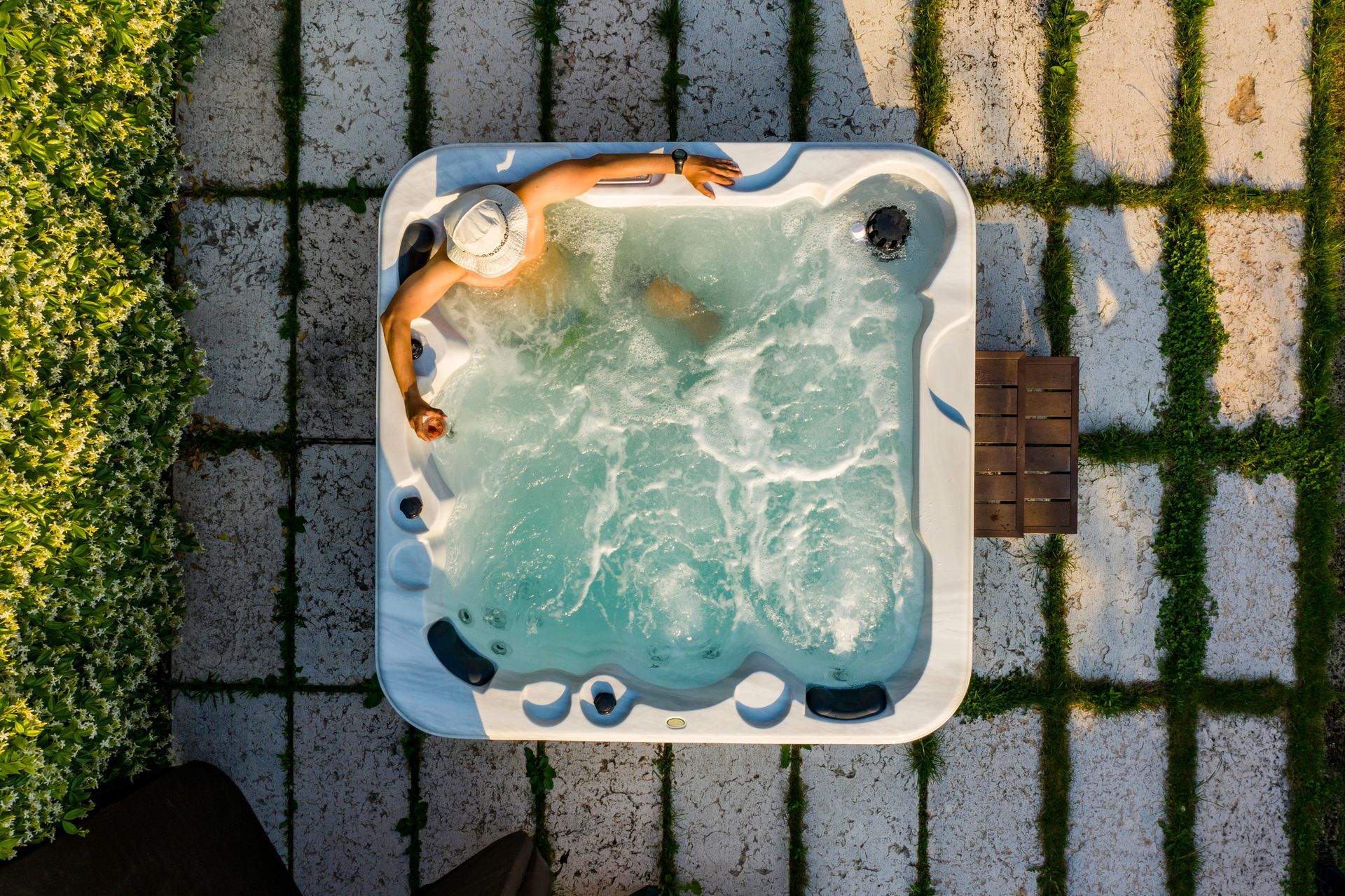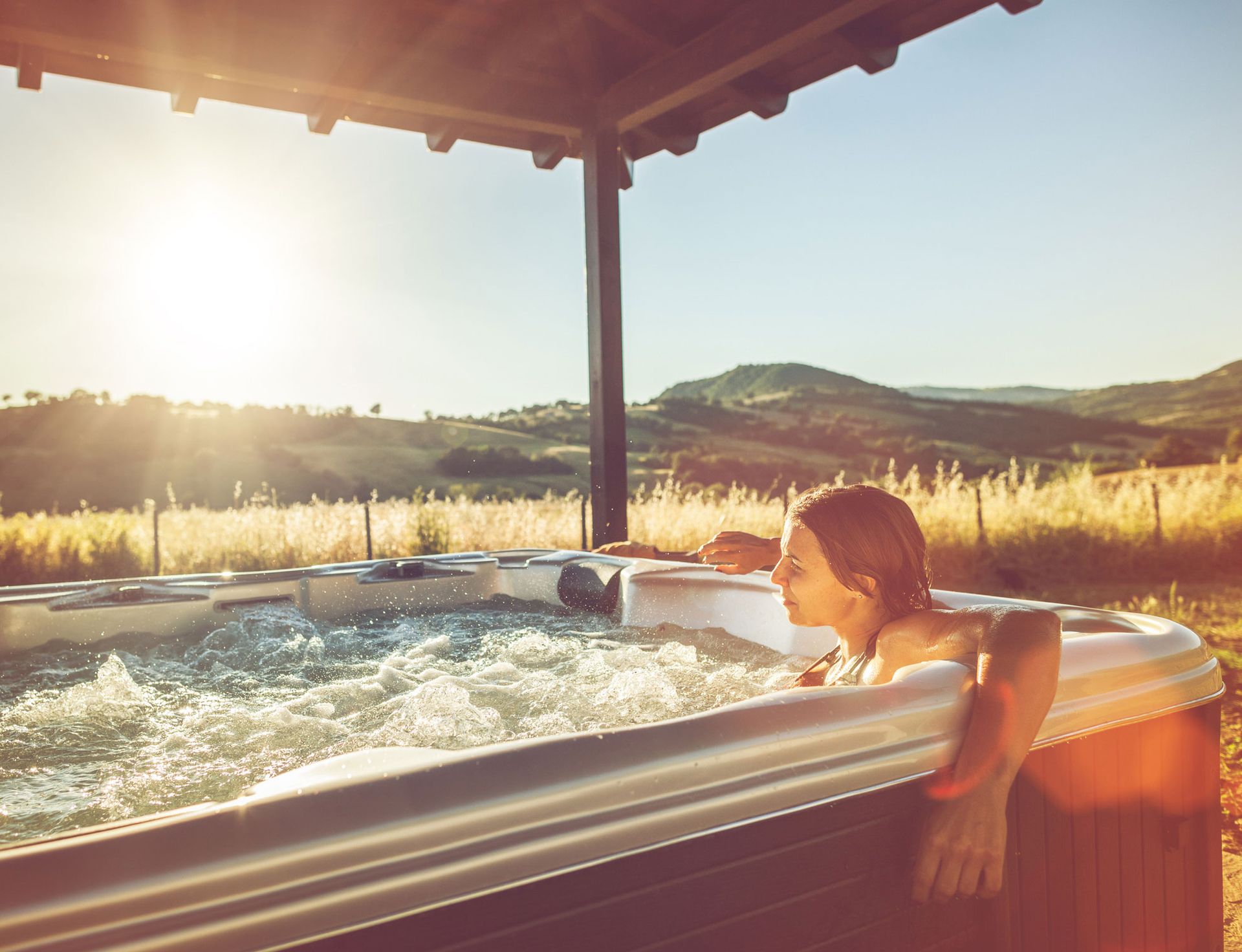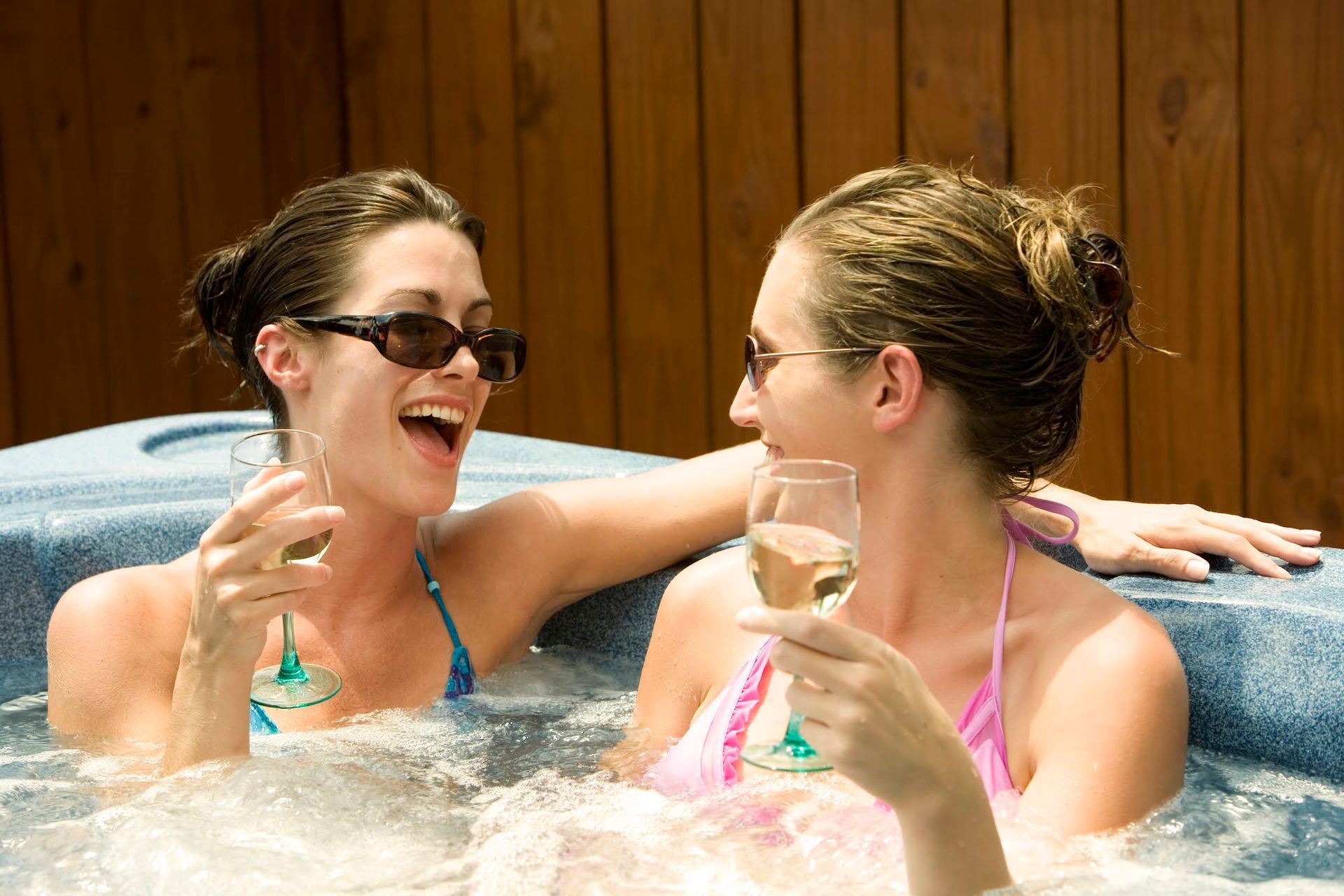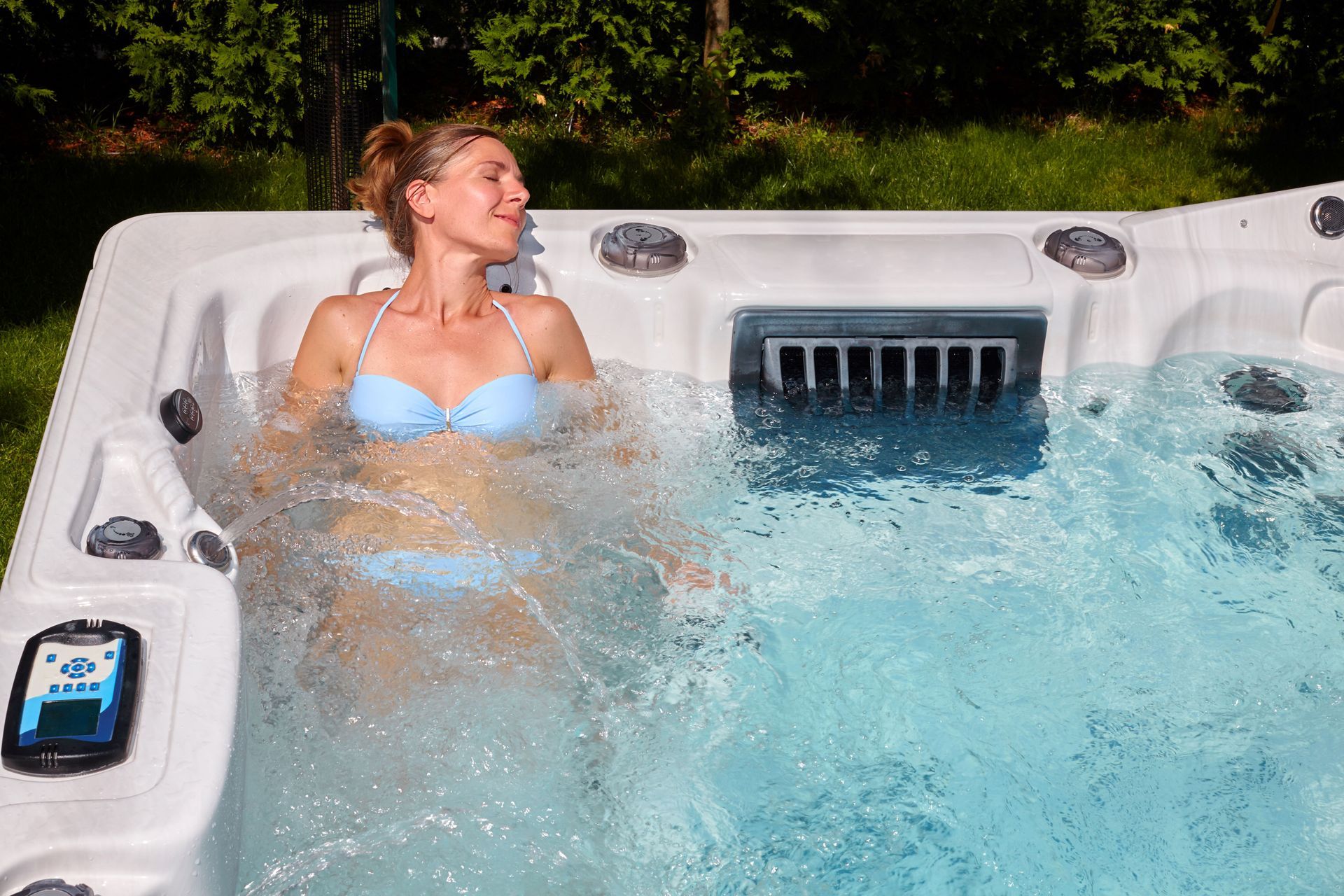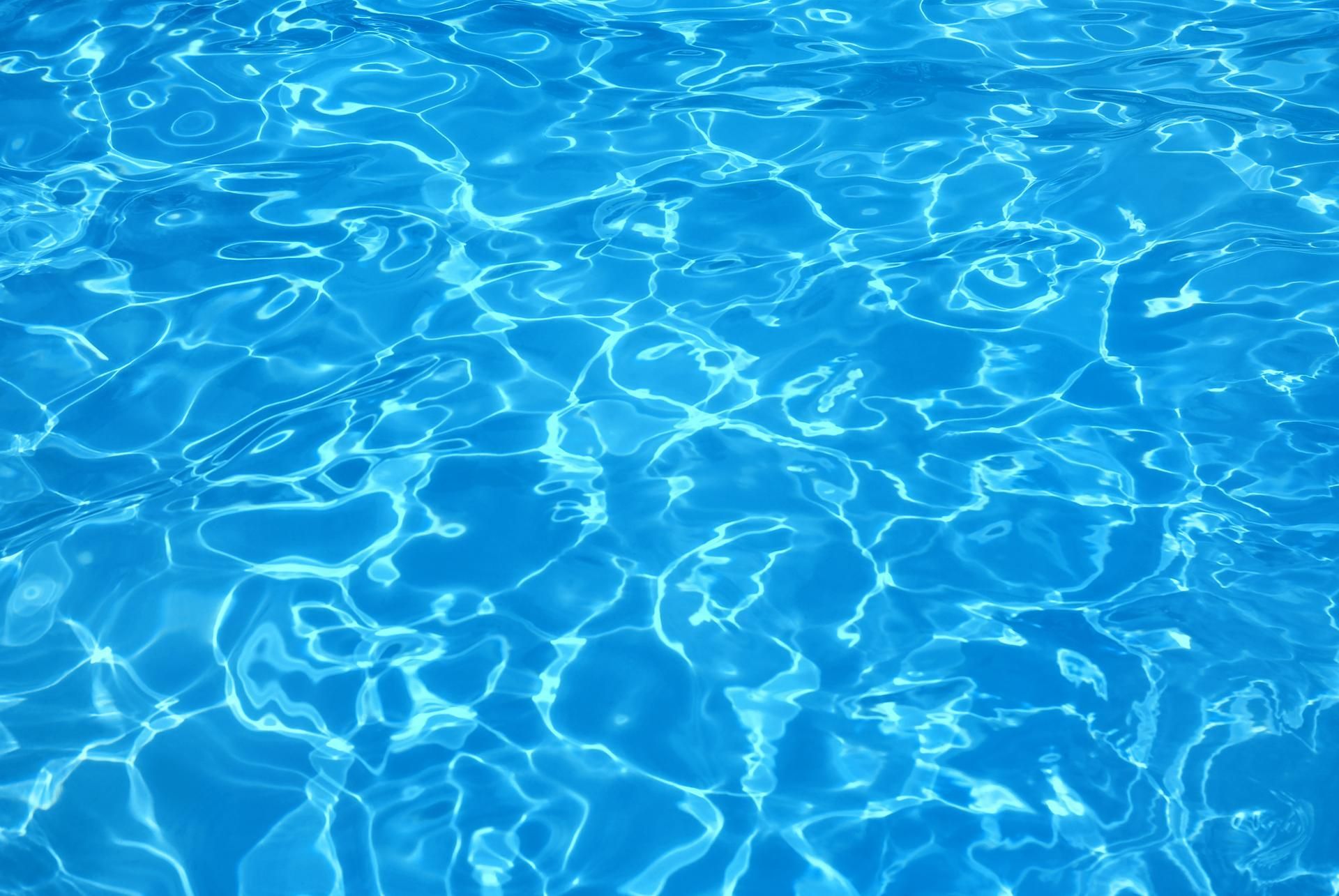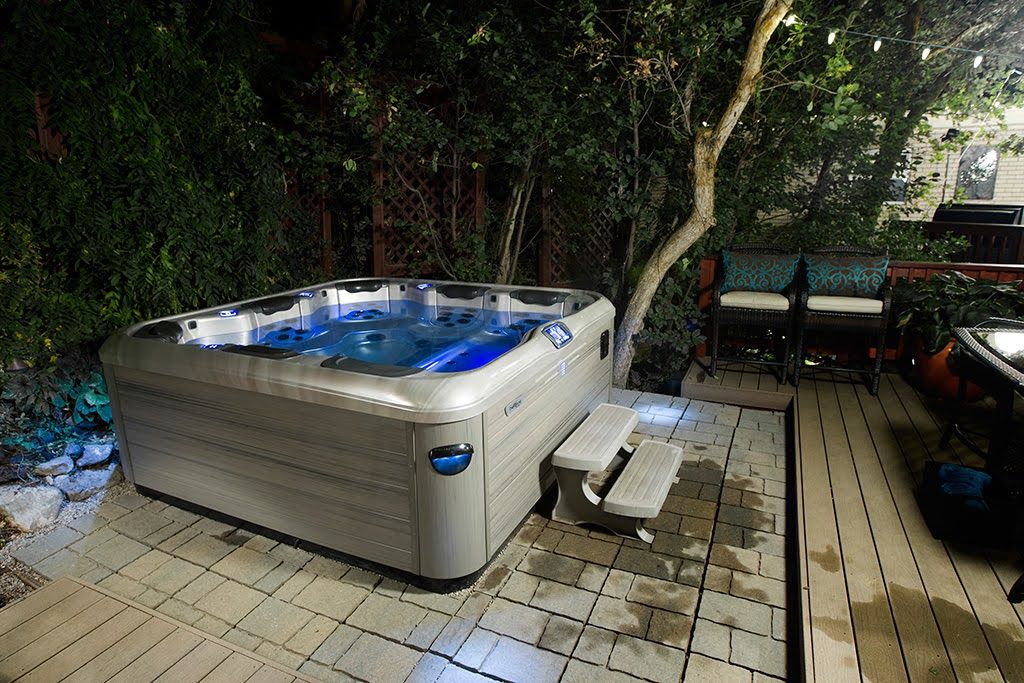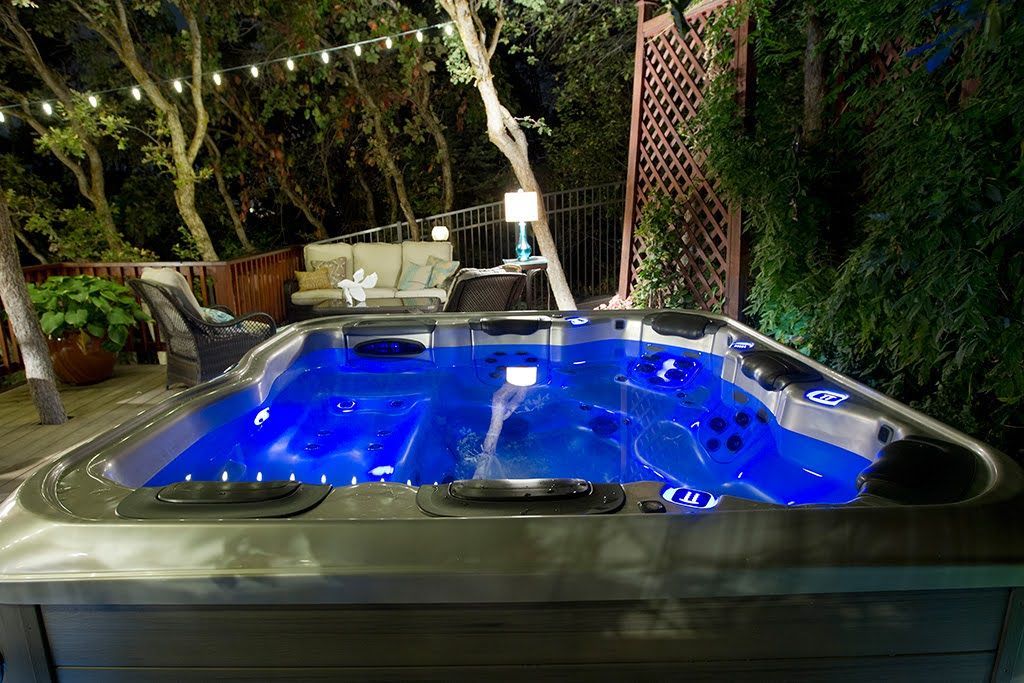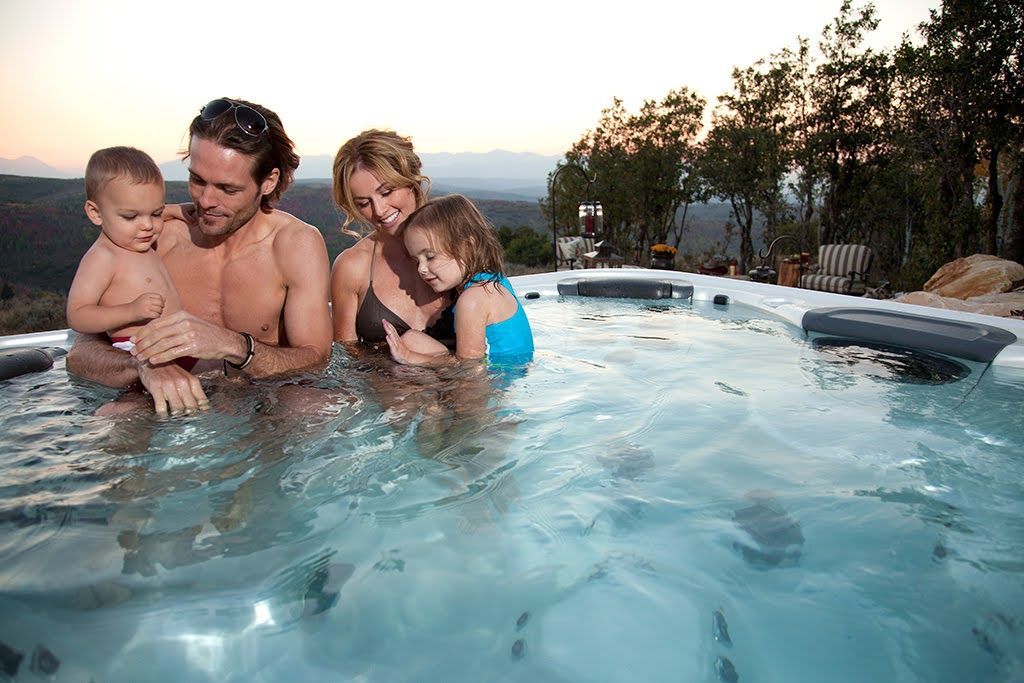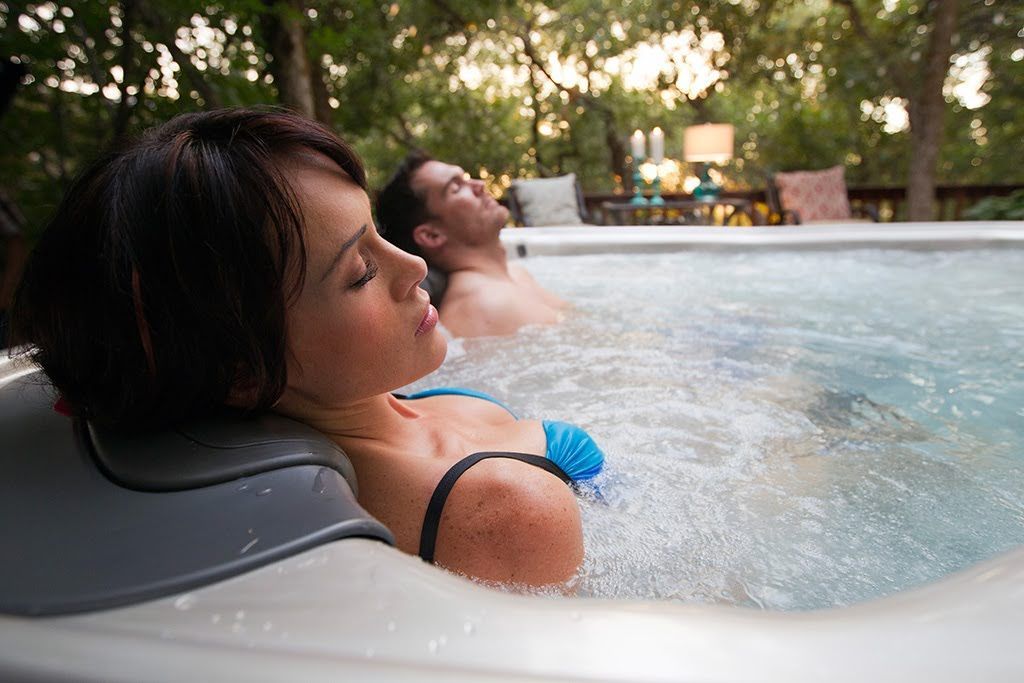5 Key Considerations for Optimal Hot Tub Placement
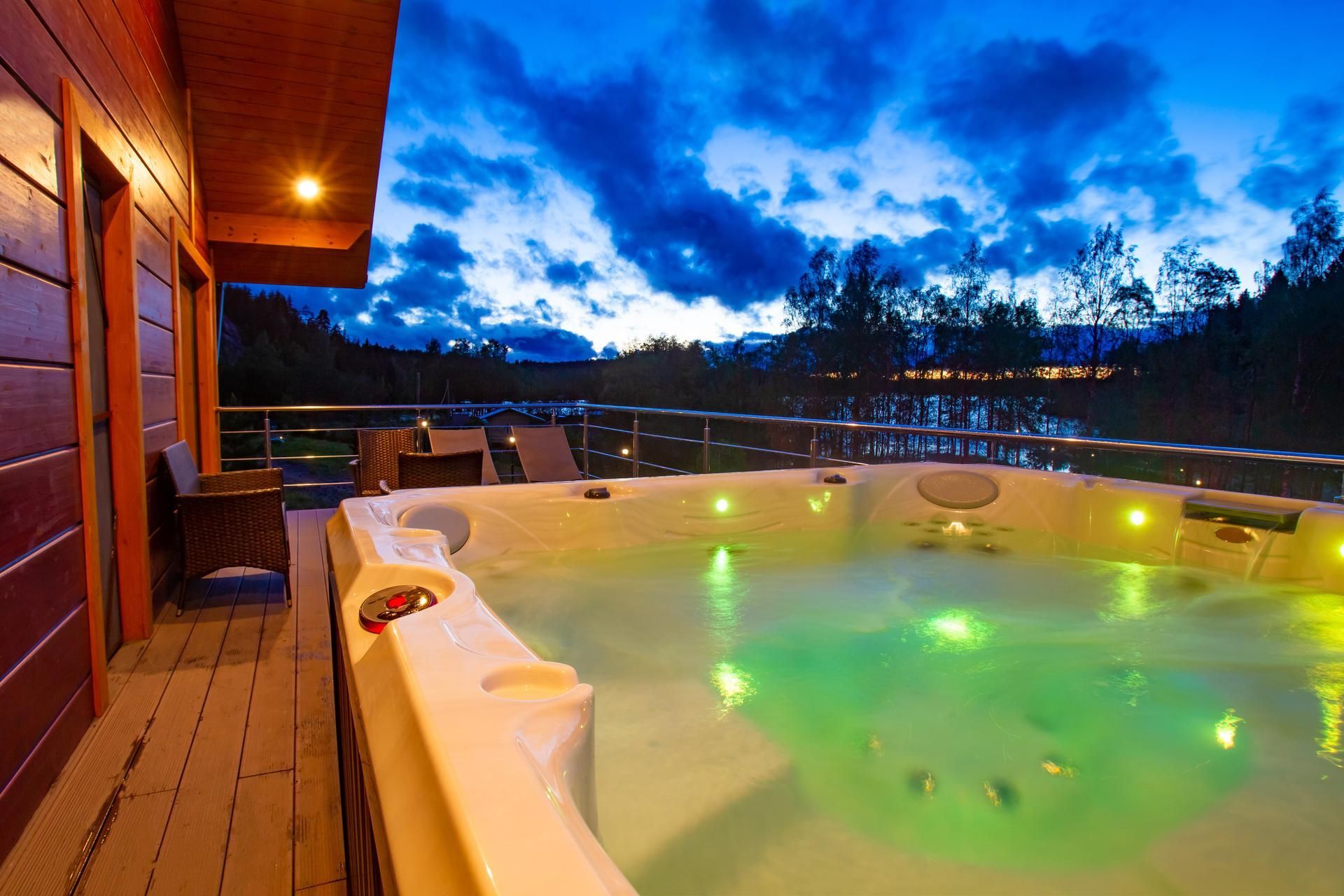
The right hot tub can become a focal point of relaxation and gatherings, a serene oasis in your backyard. Yet, choosing the best location for your hot tub is a decision that can greatly impact your enjoyment and the long-term satisfaction of your purchase. Whether you’re a seasoned homeowner or just starting to consider the addition of a hot tub to your property, this guide will help you select the ideal spot to place this coveted fixture.
Integration into Your Outdoor Living Space
Your hot tub isn’t just a standalone fixture; it should seamlessly integrate into your outdoor living space. Consider the landscaping, patio, and proximity to your home. You want a location that feels private and offers a view you'll enjoy. If you are lucky enough to have a natural view, consider how you can position the hot tub to capitalize on it.
Outline the area with string or paint to help visualize the space the hot tub will occupy. Ensure there’s a safe and comfortable clear path from your home to the spa and that it doesn't obstruct any important views or pathways. Additionally, integrating your hot tub with outdoor lighting and perhaps a pergola or gazebo can make it an inviting space any time of day or night.
Access for Delivery and Maintenance
A critical but often overlooked aspect is ensuring that your selected site allows for easy delivery and maintenance. Hot tubs come in various sizes and shapes, and access constraints can vary. Measure the paths and gates through which the hot tub would need to be carried. If you're uncertain, consult with the hot tub supplier or a delivery professional to assess the feasibility of the installation route.
Similarly, consider how you’ll clean and service the hot tub. Can you easily access the components for maintenance? A good practice is to leave a couple of feet around all sides of the hot tub for maintenance access. This avoids cramped quarters for both you and any maintenance professionals who may need to service your spa.
Safety and Privacy
Ensure your hot tub is placed in a private area of your yard, away from prying eyes. Think about the location of surrounding windows, neighbors, and the paths often used by family members or guests.
Similarly, when considering privacy, safety is also a concern. A fenced area, if not already in place, can help prevent accidental access, especially by children. Ensure the walkway from your house to the hot tub is in good repair and slip-resistant, particularly when wet.
Shelter from the Elements
While a hot tub can be a wonderful experience in almost any weather, it’s important to think about providing some shelter from the elements. Exposure to direct sunlight can not only make the water too warm but can also fade the tub's shell. In contrast, a location that's too shaded can lead to problems with moisture, which isn't good for any hot tub, particularly wooden ones.
Look for a spot that provides a balance of shade and sunlight and consider options like an umbrella, retractable awning, pergola, or strategically planting trees or shrubs. If placing the hot tub under an overhang, ensure it’s structurally sound enough to handle the added weight and that it doesn't trap excessive heat that could affect the spa’s operation.
Power and Plumbing Accessibility
The functionality of your hot tub depends on proper power and plumbing connections. To operate your hot tub, it will need to be close to a GFCI (ground fault circuit interrupter) outlet. Some larger tubs will require a dedicated circuit, so it’s important to ensure you have the right electrical configuration in place or can add it before installation.
Similarly, hot tubs will need a water supply and a drain for refilling and cleaning. The closer the hot tub is to existing water and drainage systems, the easier and cheaper it will be to set up. It's crucial to have professionals handle the electrical and plumbing work to ensure compliance with local codes and safety standards.
Contact us at Wellis Hot Tubs of Colorado for more information.

Contact Information:
Business Hours:
Mon - Fri 10 am - 6 pm
Sat 10 am - 5 pm
Sun 11 am -4 pm
Payment Options:
Financing Available with Approved Credit Through Wells Fargo





